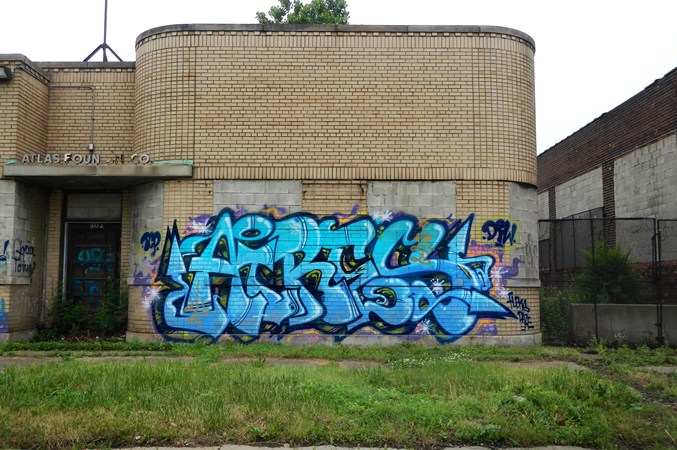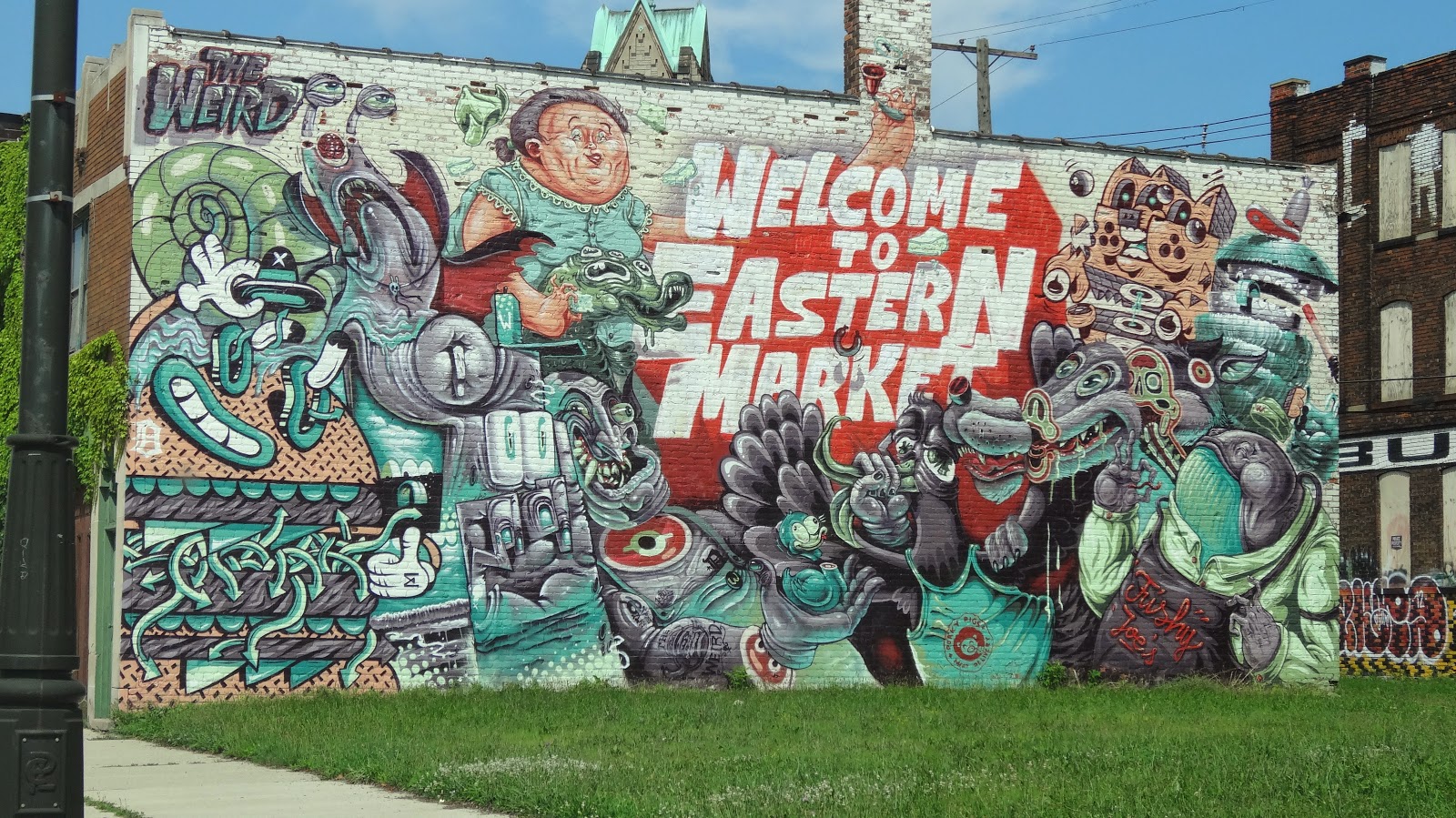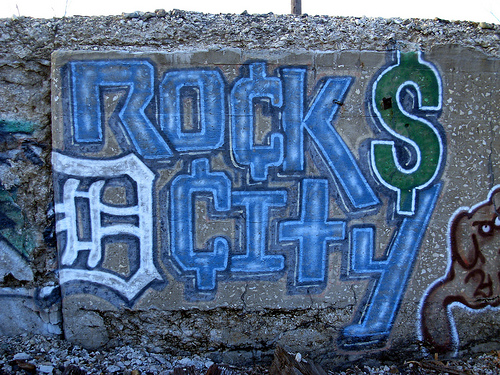
Art is a wonderful thing. Art is also oftentimes in the eye of the beholder. What one person considers art might be viewed as confusing at best by others, or even pure trash. But what you choose to view as art is up to you.
One thing is for certain; art enhances the culture of a city. And a city without any appreciation for art – or for those who produce it – is a barren city. Because culture matters.
But is graffiti part of that culture…?
Early last week, headlines were made when three graffiti artists – identified as graffiti ‘vandals’ in the press release from Mayor Mike Duggan’s office – were arrested on charges related to where and how those arrested chose to display their work. The City is clamping down on graffiti – hard – and for good reason. Detroit is struggling to make a comeback and to upgrade its image, and rarely do randomly spray-painted images on crumbling buildings help things. Graffiti has been associated with a lot of things, both good and bad, but rarely has the imagery of graffiti been considered synonymous with urban renewal and revitalization.
Simply think of where you last saw some graffiti, and then ask yourself was that in Palmer Woods or Indian Village? Midtown? Royal Oak perhaps? No. Because graffiti usually appears in those neighborhoods where the turnaround hasn’t quite managed to turn all the way around yet. Graffiti automatically lets you know you’re not in the most affluent part of town.
Still, graffiti can sometimes be awesomely beautiful. That’s just the truth, and that’s also part of the problem. Graffiti, and those who create it, can’t be automatically dropped into a single-issue category. Graffiti artists are not all vandals, and graffiti vandals should not be considered artists. Not all graffiti is an eyesore, and yet eyesores are most certainly not treasured works of art.
Graffiti has been the center of heated controversy in urban areas from coast to coast for at least a half century. The taggers, some of the best of whom have created remarkable pieces of work, regard themselves more as artists and social activists, and certainly not as criminals. The fact that their work is often created under cover of darkness (to avoid being caught) and displayed on pieces of property that do not belong to them – and without anyone’s permission – is of little consequence to them. The absence of permission is part of the thrill, and also part of the disruptive message. But it’s that message of defiance and middle-finger rebellion that gives city governments the flux, especially in Detroit at this place in time when a supposedly New Detroit is trying to take shape.

“Eventually the graffiti vandals in and around our city will learn that Detroit is no longer the place to come to tag buildings,” said Mayor Mike Duggan in a recent press release. “We are going to continue addressing the crime of illegal tagging because it affects the quality of life of residents in our neighborhoods. We’ve made a great deal of progress but aren’t going to let up.”
Also from the press release:
“The enforcement is part of Mayor Mike Duggan’s push to eradicate illegal graffiti from the city. Over the past 2 years, the city has arrested dozens of graffiti vandals. Sentences have included jail time of up to six months and cash restitution ordered in the amount of $37,346 in total. Of that amount, $10,000 has been collected so far. Several taggers also have been sentenced to clean up their own graffiti or that of others. [Gabriela June] Gibson is the first to be charged with multiple felonies for perjury on a graffiti case.
“Through the investigation, Detroit Police also identified Nathan Koorhan of Detroit and Craig Kowalski of Ira, Michigan. Both men allegedly participated in the tagging of other buildings with Gibson. Kowalski has been charged with breaking and entering and with malicious destruction of a vacant school resulting in more than $20,000 worth of damage, a 10-year felony.
“During that time, more than 30,000 illegal tags also have been removed from buildings, bus shelters and electrical boxes by city General Services Department crews and building owners at the direction of the city. Inspectors from the city’s Building Safety, Engineering and Environmental Department routinely drive the city’s main corridors looking for new tags. If building owners don’t remove the graffiti within the required time frame, the city removes it and sends a bill to the owner. To date, BSEED inspectors have issued more than 3,513 tickets.”

Considering that those arrested last week were all from outside Detroit, another natural question to ask might be why they decided to move to the city and do their graffiti work here? Were they doing any graffiti on their own home turf, and if so, did they maybe figure they weren’t getting enough recognition and considered Detroit the ‘Big Time’? Or did they figure, ‘Hey, it’s only Detroit. We can spray paint wherever we want and it won’t even matter’?
Except that it does.